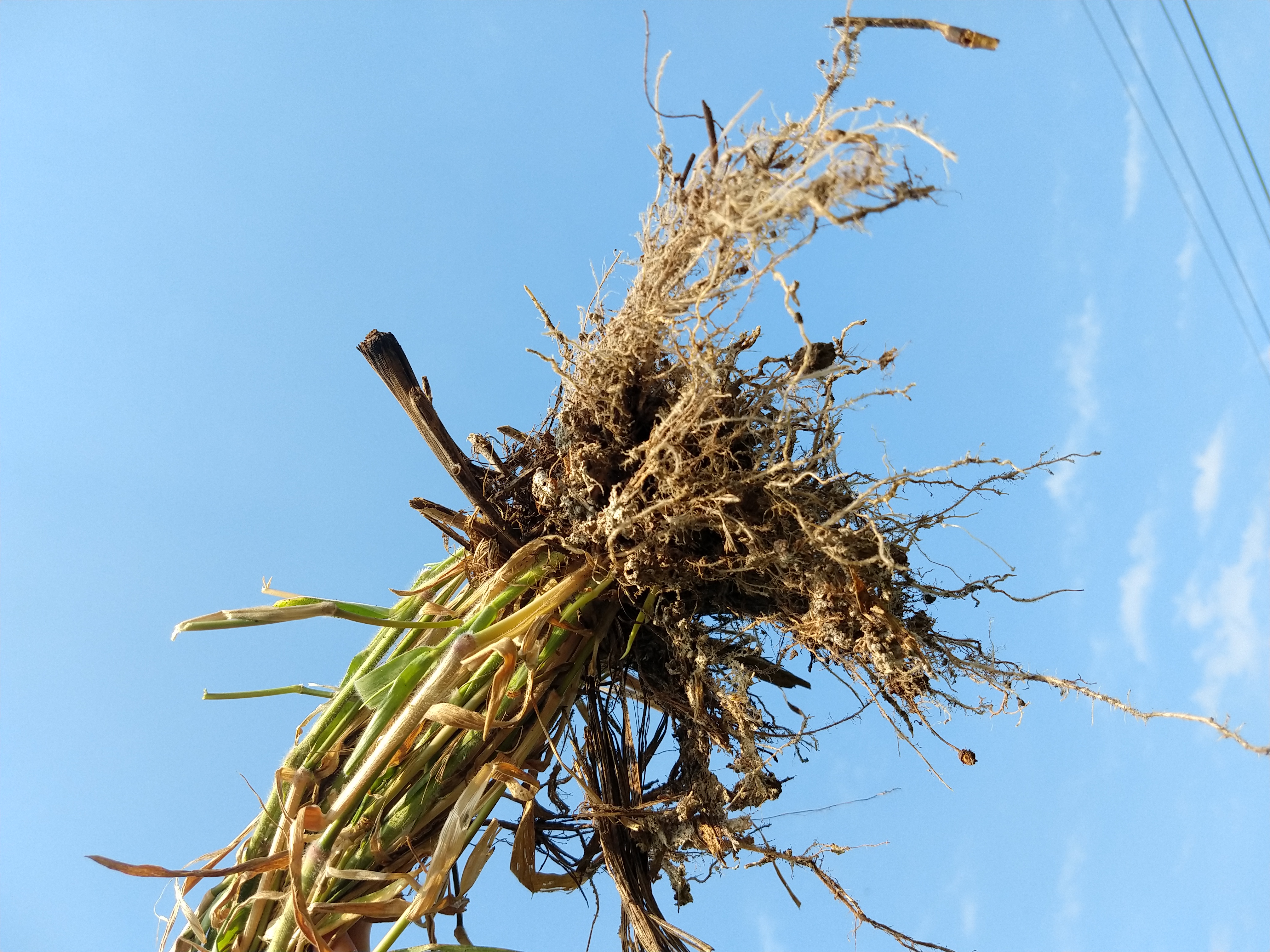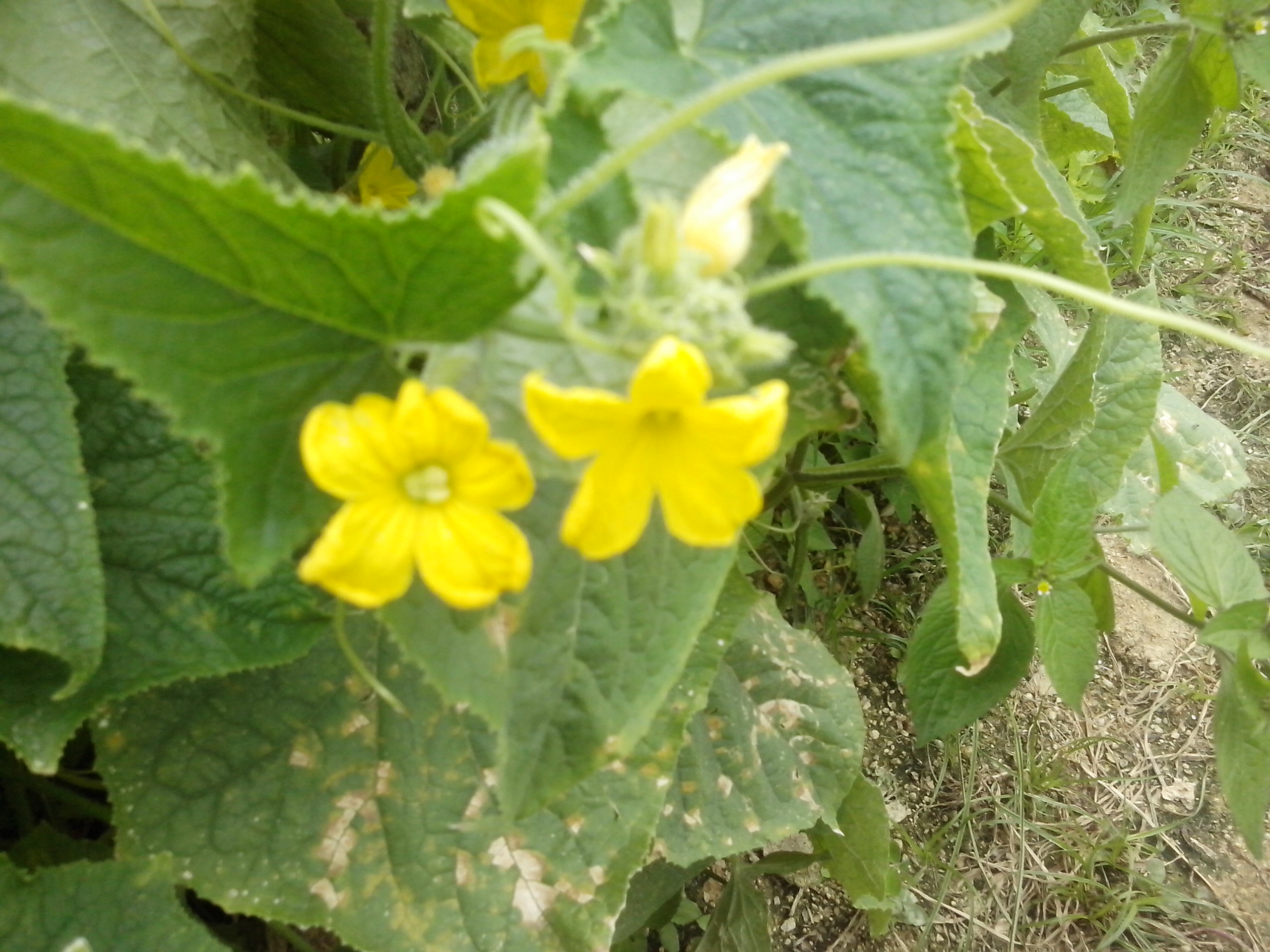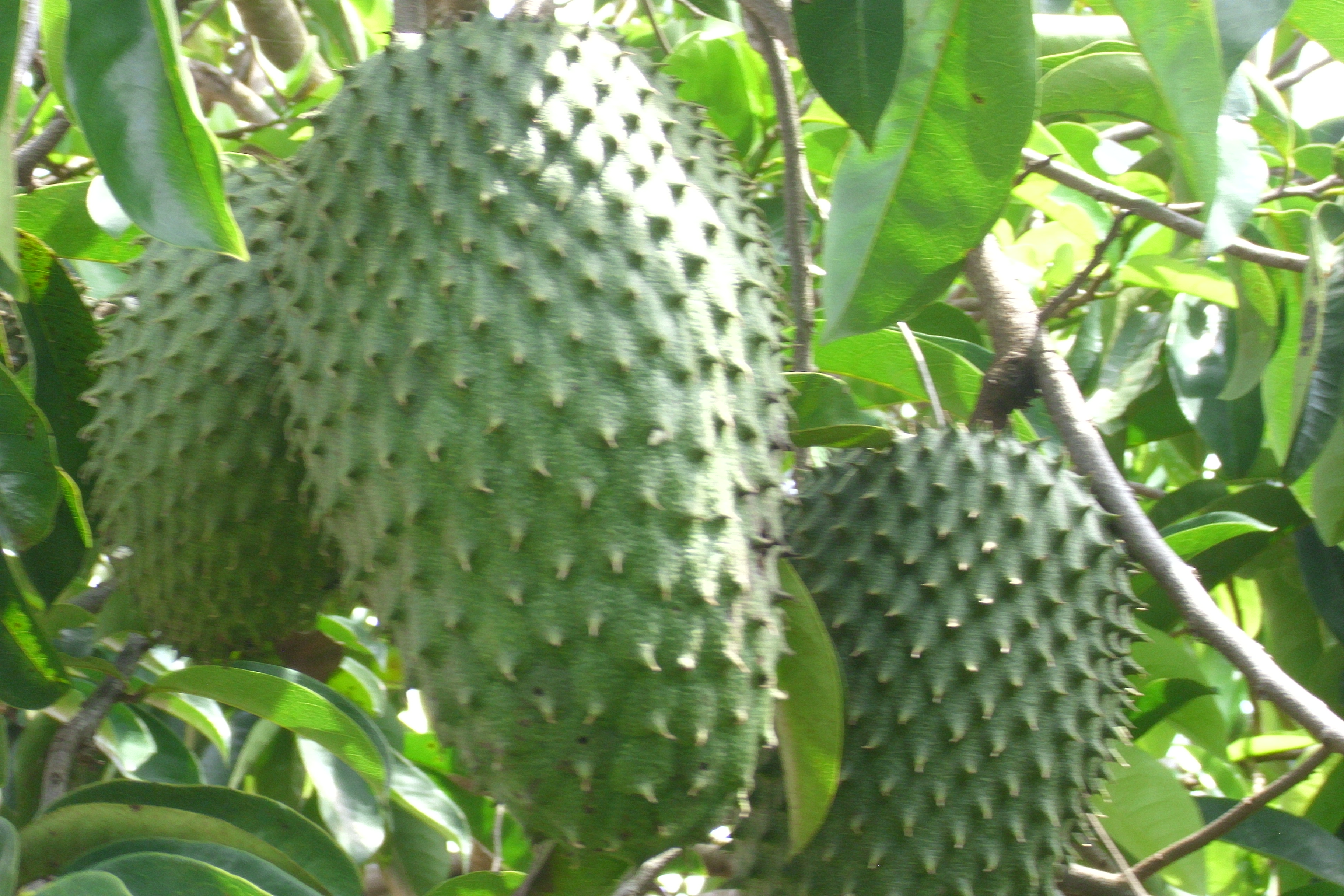Plants, living beings essential for life on our planet, are complex and fascinating organisms, through photosynthesis, they transform sunlight into energy, releasing oxygen and serving as the basis for food chains, their structure, far from being simple, is composed of specialized organs, each with vital functions for their survival and reproduction. Plants are autotrophic organisms essential for life on earth, they have a complex and fascinating structure, their root, stem, leaves, flowers and fruits organs are specialized in various functions, they work in harmony to ensure their survival, growth and reproduction.

Without further ado let's start with the description of the organs that give structure to plants.
Let's start by describing the Root, which is an organ that is usually underground, it is the organ that fixes the plant to the ground, providing stability and support, in addition, it absorbs water and essential nutrients from the soil, which are transported to the rest of the plant through the xylem, according to Parker (2000), there are various types of roots, such as the pivoting, the fasciculate and the adventitious, each adapted to different environments and functions.

Another organ is the stem. which is the main axis of the plant, supports the leaves, flowers and fruits, allowing them to reach sunlight and facilitating the dispersion of seeds, also acts as a transport system, driving water and nutrients from the roots to the leaves, and the products of photosynthesis from the leaves to other parts of the plant, through the phloem, the stems can be herbaceous, like that of grasses, or woody, as in trees and shrubs.

There are also the leaves, which are usually green due to the presence of chlorophyll, they are the organs where photosynthesis takes place, the process by which the plant converts sunlight, carbon dioxide and water into glucose, its main source of energy, its shape, size and arrangement vary according to the species and its adaptation to the environment. On the other hand, there are flowers, which are the reproductive organs of angiosperm plants, they contain the male (stamens) and female (pistils) sexual organs, and their main function is the production of seeds, pollination, it is the process of transferring pollen from the stamens to the pistil, it can be carried out by wind, insects or other animals.

Finally, let's talk about the fruits that are derived from the ovary of the flower, protect the seeds and facilitate their dispersion, their shape, size and texture vary widely, and some fleshy fruits are edible and play an important role in human and animal nutrition. Plant organs have a great diversity of adaptations, which allow them to survive in a wide range of environments, from the aerial roots of orchids to the carnivorous leaves of insectivorous plants, evolution has shaped these organs to fulfill specific functions and ensure the survival of plants in various ecosystems.

Dear readers, plant organs are essential for life on earth, through photosynthesis, plants produce oxygen and food, sustaining animal and human life, in addition, plant organs play a crucial role in climate regulation, soil conservation and the provision of habitats for various species. Understanding plant organs and their functions is fundamental for agriculture, conservation and scientific research, the study of these organs allows us to appreciate the complexity and beauty of the plant world, and gives us tools to protect and sustainably use these vital resources.
Thank you for reading our articles, until a next publication.
| Bibliographic references |
|---|
- Parker, R. (2000). The science of plants. Paraninfo. Madrid, Spain.
Sources
- Photography and images: All photographs are the property of the author @amestyj.
- Agrotecnia banner: made by the author @amestyj with own images
- Hive Banner: Designed by the author @amestyj with image owned by hive.


